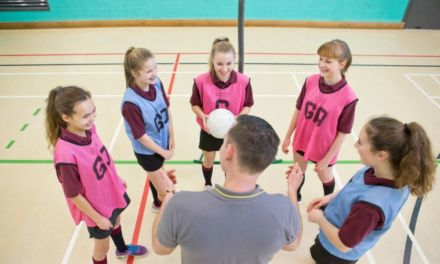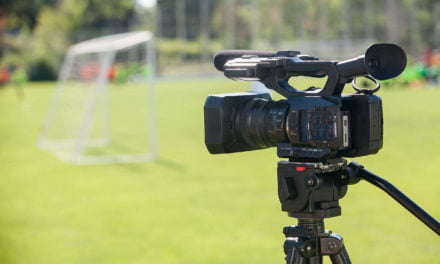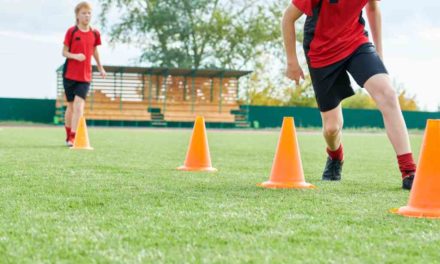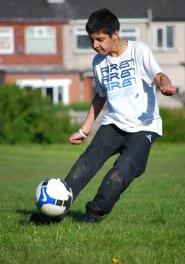Netball – typically, you either love to deliver it, or you loathe teaching it. But as the popularity of the sport rises – a whopping 151,000 people regularly take part in netball in England (Statista, 2022), particularly in the mixed and men’s format – it has become more important that PE teachers have the ability to deliver effective netball lessons to their pupils.
Traditionally, many have found the rules of netball ‘fiddly’ or ‘niggly’. In this article, we discuss some strategies that a non-specialist could use to support their delivery and ensure that the game of netball is delivered to the highest of standards.
Footwork
Trying to explain the footwork rule to a Y7 beginner can be tricky. To ensure that they learn the basic concept straight from the start, we suggest using the following strategy:
1. Firstly, encourage pupils to jump to catch the ball and then ‘freeze’ on landing. Ensure they land two-footed and don’t move either foot at all.
This could be turned into a game like musical statues. Give each pupil a ball, on your command, they throw the ball up in the air, then catch, land, and freeze. Develop this into passing in pairs and include movement around the court.
Never let the pupils move with the ball!
2. As they progress, they will realise that they almost always need to pivot in order to make the next pass.
Introduce the concept of an ‘ice-cream’ landing – their feet land 1-2 as they receive the ball. Encourage the pupils to say ‘ice cream’ as they land and remember which foot is ice and which is cream. Then allow them to ‘whip the cream’ (pivot) whilst the ‘ice foot’ is frozen.
3. Correct every footwork issue you see during a game. If you allow pupils to move with the ball or move the wrong foot, you are reinforcing bad habits.
Footwork is the most important (and trickiest!) rule for a pupil to master – consistency is key.
Positions
Handing out a set of netball bibs almost always causes an overwhelming flurry of “Where am I allowed, Miss?” or “What does this one do, Sir?”.
Take time to explain to the pupils what each position does, but in basic language so that pupils understand the role of each position. For example:
GS – needs to be your best shooter, should remain close to the net and make short, sharp movements.
GA – your second-best shooter, needs to be a great passer and mover.
WA – your main feeder, needs to be a really great passer and offer to help the shooters all of the time.
C – needs to be your best mover, might not get every ball but needs to be available.
GD, WD – needs to be a good marker who can pass and move quickly.
GK – needs a fast reaction time and the ability to move quickly over short distances.
Centre pass
Finally, we have found the following tips beneficial when setting up a centre pass:
- Give clear instructions as to which team is shooting which way, then ask pupils to stand where they think they should start. Explain the difference between ‘attack’ and ‘defence’ to help their understanding. If you walk them to their starting position every time, they will learn less quickly than if they have a basic understanding of the positions.
- Explain to pupils that if they start up to a centre-third line (GA, WA, GD, WD) they are allowed to move in the third in which they are currently stood (one goal third) and the centre third. Be consistently clear with your terminology.
- Ask pupils to remember which position they enjoyed/didn’t enjoy ready for the next lesson. This will make sorting bibs more efficient!
- Ask pupils who are more knowledgeable to help set up for a centre pass by taking their opponent with them.
Netball is a sport which can be enjoyed by all, and as the performance pathways for both female and male students develop further over the next few years, it is even more important that netball is delivered correctly in schools. For more advice, have a look at the England Netball website.
For more information about how PE Office can provide complete netball lesson plans and schemes of work, contact us on 01909 776 900, send an email to mail@peoffice.co.uk or click here to book a demo.










